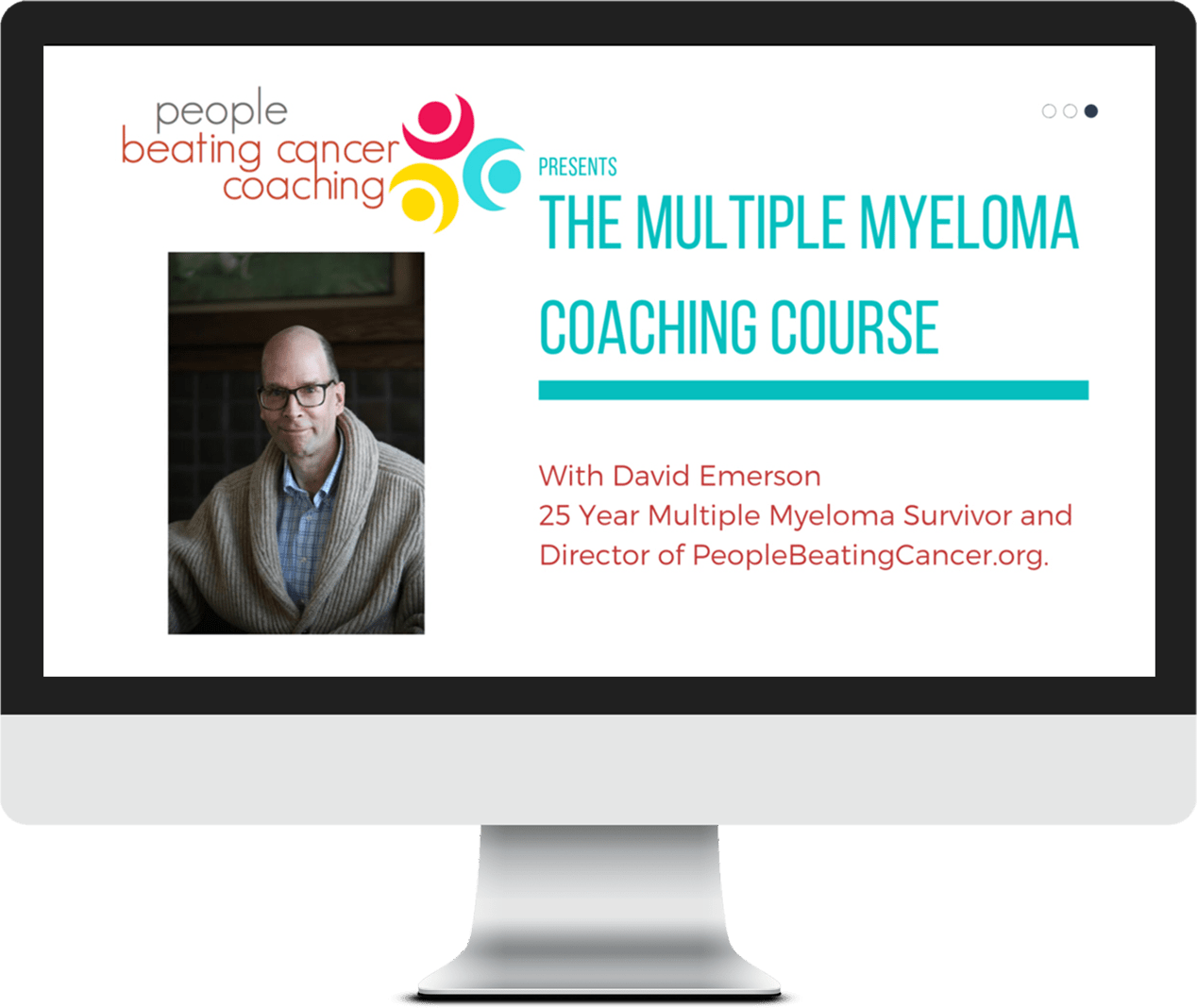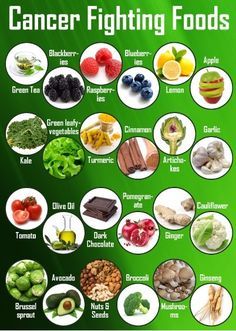Leave a Comment:
52 comments
I hope you are well! I have some kind of a …flu? I hope that’s all it is. I have blood labs Monday. Masking up again because of the flying virus bugs out there. HUG!
ReplyMy husband is, what I guess you would call, pre-myeloma. MGUS free kappa/IgG, light chain ratio 14. He also has CLL. I have been trying to download the pre-myeloma pdf, but have been unsuccessful. Can you help.
Reply[…] Multiple Myeloma Diet- Before, During, After Therapy […]
Reply[…] Multiple Myeloma Diet- Before, During, After Therapy […]
ReplyRestriction always leads to binge eating… better to have an 80-20 Nutrivore approach
ReplyDavid, your posts on this topic make a lot of sense. Do you have a book or article on cancer fighting foods? How can I get a copy? Thank you!
Reply[…] Multiple Myeloma Diet- Before, During, After Therapy […]
Reply[…] Multiple Myeloma Diet- Before, During, After Therapy […]
Reply[…] Multiple Myeloma Diet- Before, During, After Therapy […]
Reply[…] Multiple Myeloma Diet- Before, During, After Therapy […]
Reply[…] Multiple Myeloma Diet- Before, During, After Therapy […]
Reply[…] Multiple Myeloma Diet- Before, During, After Therapy […]
Reply[…] Multiple Myeloma Diet- Before, During, After Therapy […]
Reply[…] Multiple Myeloma Diet- Before, During, After Therapy […]
Reply[…] Multiple Myeloma Diet- Before, During, After Therapy […]
Reply[…] Multiple Myeloma Diet- Before, During, After Therapy […]
Reply[…] Multiple Myeloma Diet- Before, During, After Therapy […]
Reply[…] Multiple Myeloma Diet- Before, During, After Therapy […]
Reply[…] Multiple Myeloma Diet- Before, During, After Therapy […]
Reply[…] Multiple Myeloma Diet- Before, During, After Therapy […]
Reply[…] Multiple Myeloma Diet- Before, During, After Therapy […]
Reply[…] Multiple Myeloma Diet- Before, During, After Therapy […]
Reply[…] Multiple Myeloma Diet- Before, During, After Therapy […]
Reply[…] Multiple Myeloma Diet- Before, During, After Therapy […]
Reply[…] Multiple Myeloma Diet- Before, During, After Therapy […]
Reply[…] Multiple Myeloma Diet- Before, During, After Therapy […]
Reply[…] Multiple Myeloma Diet- Before, During, After Therapy […]
Reply[…] Nutrition as Cancer Therapy […]
Reply[…] Nutrition as Cancer Therapy Before, During After Therapy […]
Reply[…] Nutrition as Cancer Therapy Before, During After Therapy […]
Reply[…] Nutrition as Cancer Therapy Before, During After Therapy […]
Reply[…] Nutrition as Cancer Therapy Before, During After Therapy […]
Reply[…] Nutrition as Cancer Therapy […]
Reply[…] Nutrition as Cancer Therapy Before, During After Therapy […]
Reply[…] Nutrition as Cancer Therapy Before, During After Therapy […]
Reply[…] Nutrition as Cancer Therapy Before, During After Therapy […]
Reply[…] Nutrition as Cancer Therapy […]
Reply[…] Nutrition as Cancer Therapy Before, During After Therapy […]
Reply[…] Nutrition as Cancer Therapy Before, During After Therapy […]
Reply[…] Nutrition as Cancer Therapy Before, During After Therapy […]
Reply[…] Nutrition as Cancer Therapy Before, During After Therapy […]
Reply[…] Nutrition as Cancer Therapy […]
Reply[…] Nutrition as Cancer Therapy […]
Reply[…] Nutrition- Before, During and After Cancer Therapy- […]
Reply[…] Nutrition- Before, During and After Cancer Therapy- […]
Reply[…] Nutrition- Before, During and After Cancer Therapy- […]
Reply[…] Nutrition- Before, During and After Cancer Therapy- […]
Reply[…] Nutrition- Before, During and After Cancer Therapy- […]
Reply[…] Nutrition- Before, During and After Cancer Therapy- […]
Reply[…] Nutrition- Before, During and After Cancer Therapy- Why a Cancer Coach? Life after Esophageal Cancer Surgery aka Esophagectomy […]
Reply[…] Nutrition- Before, During and After Cancer Therapy- […]
Reply








